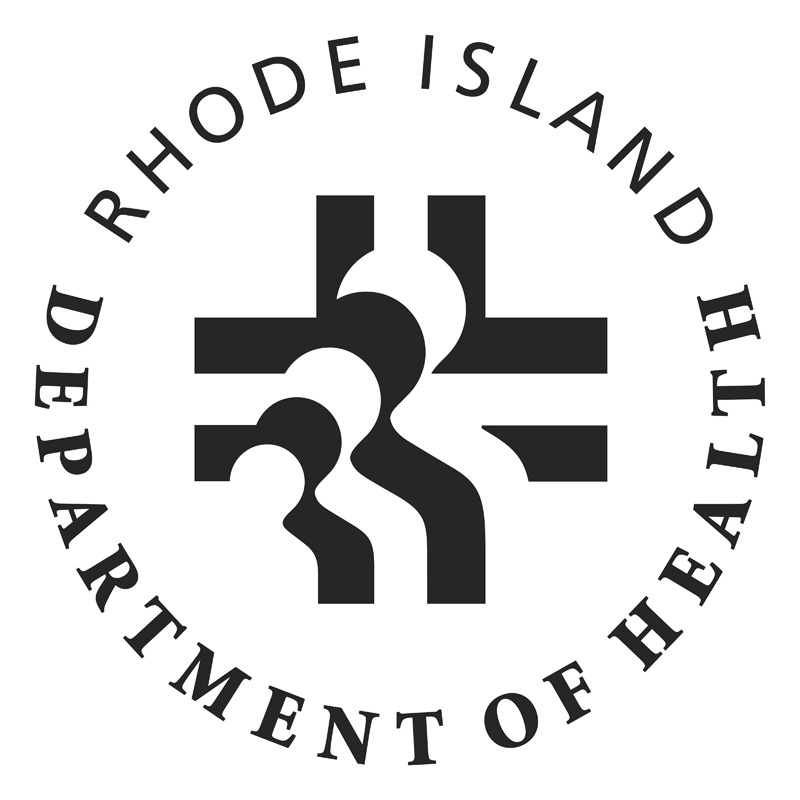Healthcare Access
Purpose
To measure access to healthcare among adults 18 years and older.
Key Information
Percentage of adults who are uninsured, have no doctor, experience cost barriers to seeing a doctor, and have not had a recent checkup (lower values are preferred on all measures)
- Uninsured: Respondent has no health care coverage, including health insurance, prepaid plans such as HMO's; government plans such as Medicare, or Indian Health Service.
- No doctor: Respondent has no one person as a personal doctor or health care provider.
- Can't afford: Respondent needed to see a doctor but could not because of cost, in past 12 months.
- No checkup: Respondent had no routine checkup in past 12 months. This does not include exams conducted for a specific injury, illness, or condition.
Rhode Island Numbers 2022
Rhode Island compared to United States
- The percentages of Rhode Island adults who are uninsured, have no doctor, experience cost barriers to seeing a doctor, and have not had a checkup in the past 12 months are lower than the US adult population.
By Gender
- Men are significantly more likely to be uninsured, have no doctor, and not have had a checkup in the past 12 months compared with women.
By Age
- Younger adults are more likely to be uninsured, have no doctor, experience cost barriers to seeing a doctor, and not have had a checkup in the past 12 months compared with older adults.
By Race / Ethnicity
- White, non-Hispanic adults have fewer barriers to access healthcare than other racial/ethnic groups.
- The prevalence of being uninsured, having no doctor, and experiencing cost barriers to seeing a doctor are highest among Hispanic adults compared with all other racial/ethnic groups.
By Health Status
- Adults reporting fair or poor health were significantly more likely to experience cost barriers to seeing a doctor compared with their peers of good or better health.
By Smoking Status
- Cigarette smokers were significantly more likely than non-smokers to be uninsured, have no primary care provider, experience cost barriers to seeing a doctor, and to have not had a checkup in the past year.

 Rhode Island Department of Health
Rhode Island Department of Health